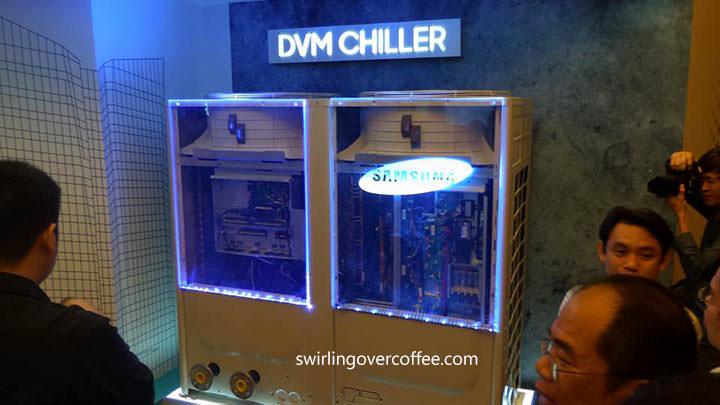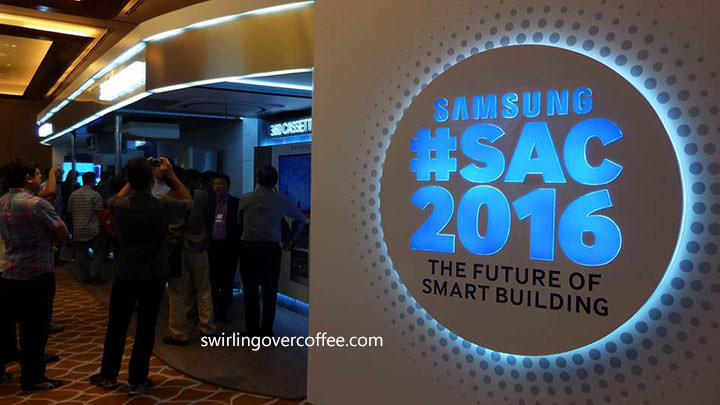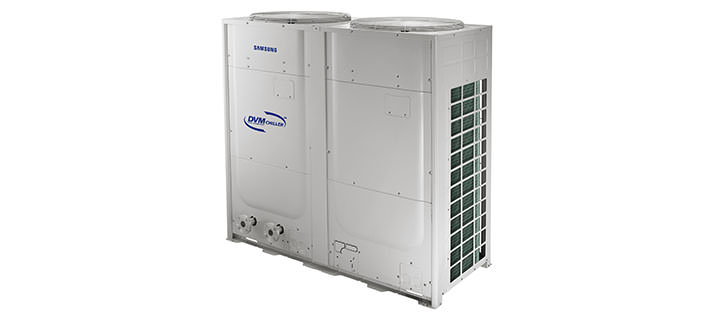Compact and powerful HVAC system unveiled which combines VRF with an air-source chiller
MANILA, Philippines – February 23, 2016 – Samsung Electronics Co. Ltd. announced the launch of its new DVM Chiller, which unites the strengths of air-source chiller and VRF systems to provide a high performance, energy-efficient unit. Responding to the growing demand for water-source HVAC following the tightening of EU regulations on F-gas levels, Samsung has engineered an air-cooled chiller that offers greater energy efficiency and ease of use in an innovative compact design.
By reducing the system refrigerant levels significantly more than a conventional chiller, the Samsung DVM Chiller not only complies with current 2015 EU refrigerant quota levels but also adheres to the further upcoming reduction in levels (35 percent in 2018).

In the revolutionary DVM Chiller, Samsung has embedded the world-class BLDC Inverter Scroll Compressor with Flash Injection technology, ensuring heating capacity at -20°C ambient temperature with greater energy efficiency. The Chiller enables users to reduce annual utility costs by 36 percent to 50 percent compared to conventional chillers.
“We know that efficiency, comfort and performance are key factors when selecting HVAC systems,” said Mark Salvador, Samsung Head of Digital Air Solutions. “We believe that the Samsung DVM Chiller is the best in class in each of these areas.”

Unrivaled operational economy
The Samsung Module Chiller enables users to reduce annual utility costs by 36 to 50 percent compared to conventional chillers. Up to eight modules can be combined, offering an expansion of system capacity, while the operational modes can be adjusted to allow for seasonal requirements, such as low or peak season.

Easy installation and maintenance
The Samsung DVM Chiller is more compact than any other module chillers, requiring an installation area of just 1.37m² per unit, maximizing the capacity of the available rooftop space. It delivers the low maintenance installation of a VRF unit through its modular design, allowing for a reduction in installation and transportation costs.
Liked this post? Follow SwirlingOverCoffee on Facebook.

